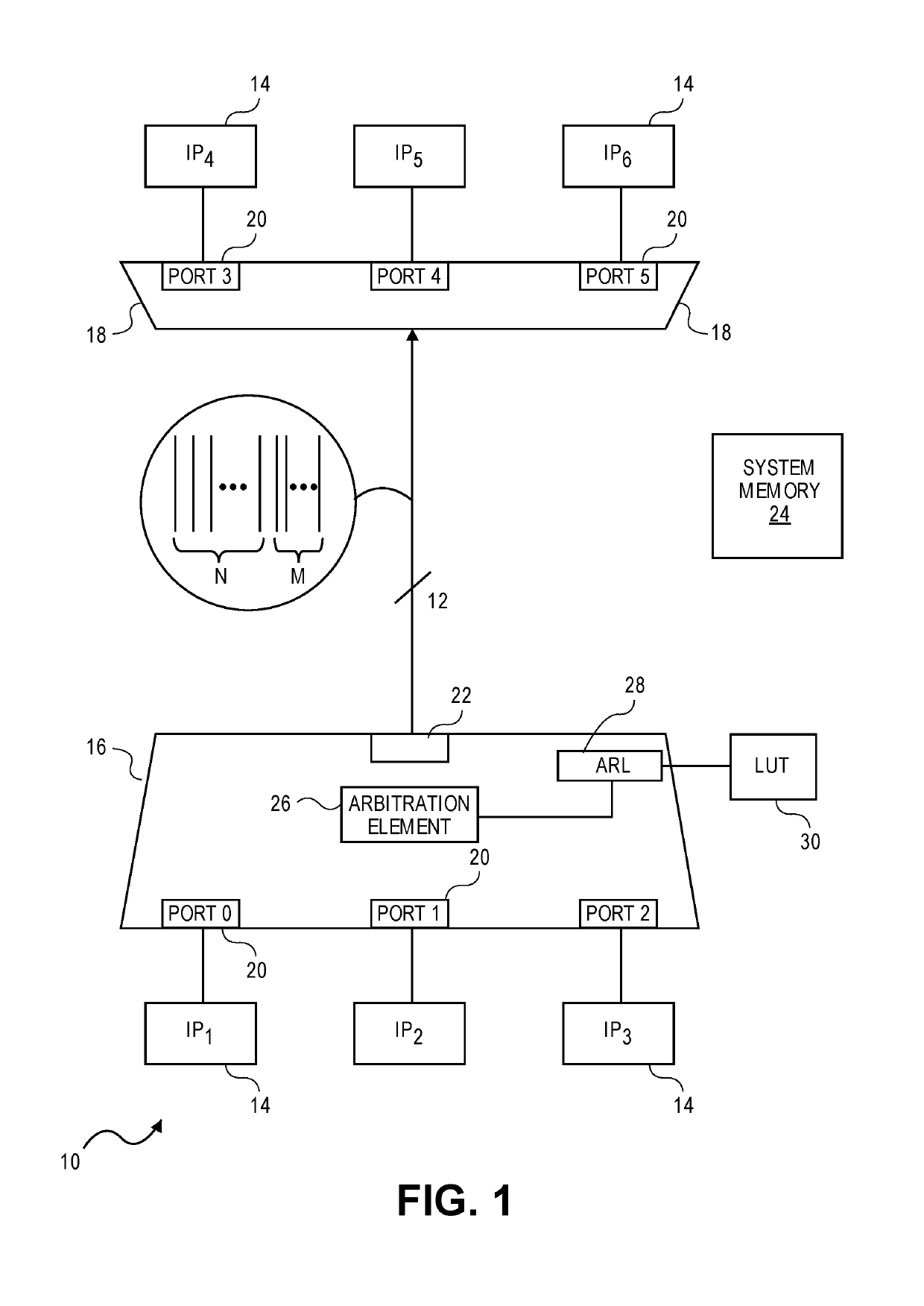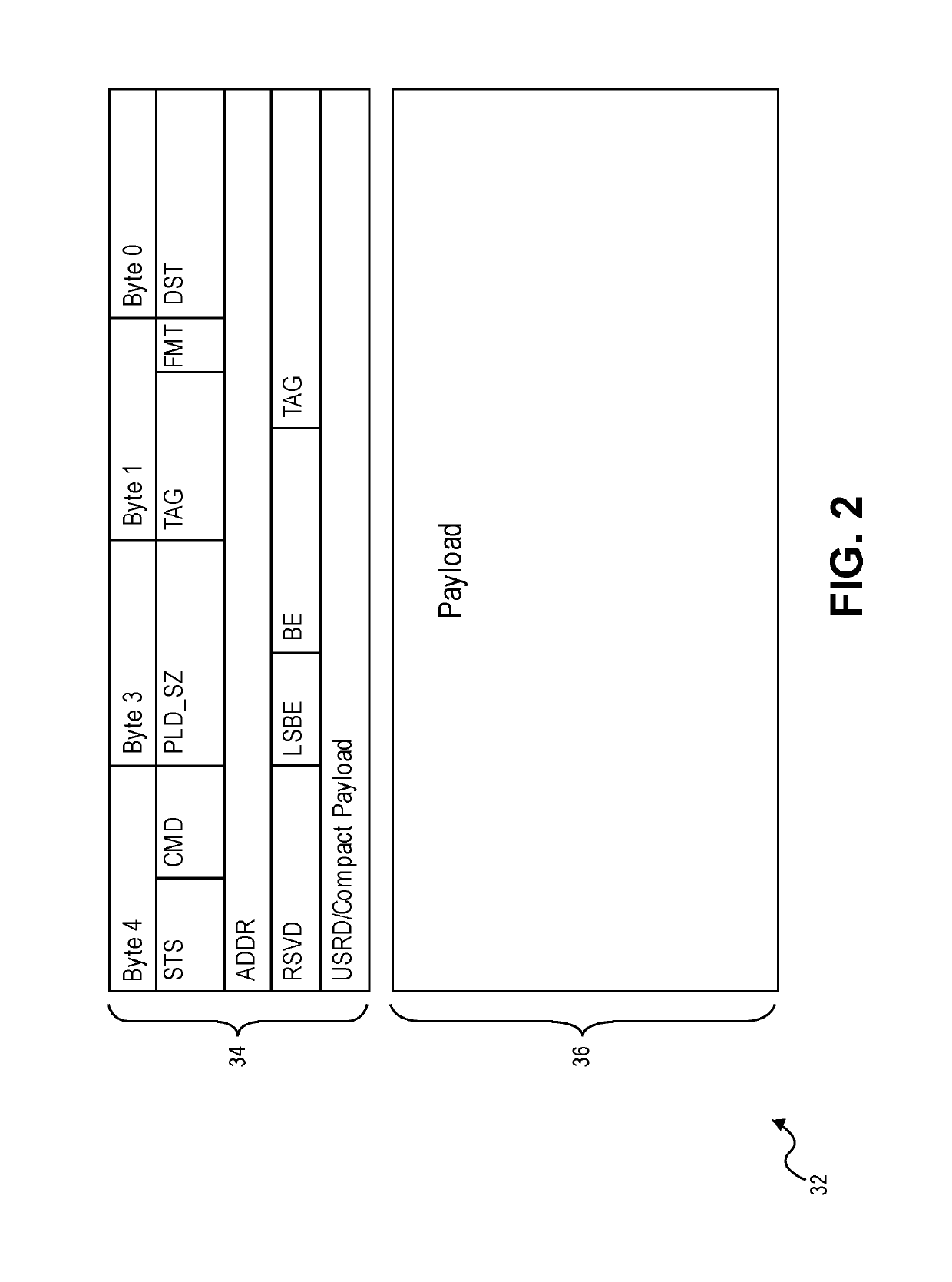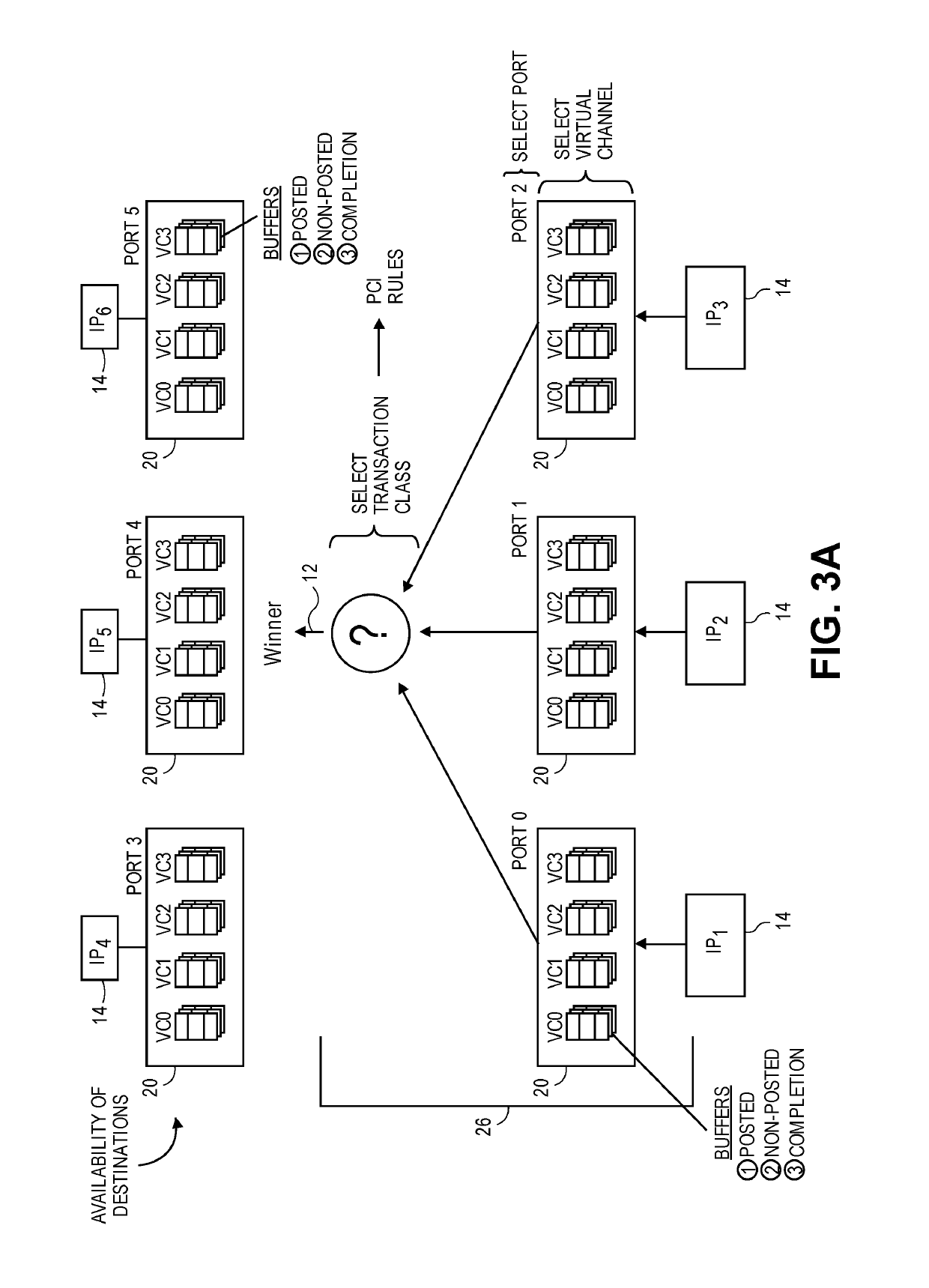Protocol level control for system on a chip (SOC) agent reset and power management
a technology of agent reset and power management, applied in the field of system on a chip (soc), can solve the problems of circuitry requiring time and effort, significant problems, and the entire system may get hung up, so as to reduce complexity, save development costs, and accelerate the time to market
- Summary
- Abstract
- Description
- Claims
- Application Information
AI Technical Summary
Benefits of technology
Problems solved by technology
Method used
Image
Examples
Embodiment Construction
[0039]The present application will now be described in detail with reference to a few non-exclusive embodiments thereof as illustrated in the accompanying drawings. In the following description, numerous specific details are set forth in order to provide a thorough understanding of the present disclosure. It will be apparent, however, to one skilled in the art, that the present disclosure may be practiced without some or all of these specific details. In other instances, well known process steps and / or structures have not been described in detail in order to not unnecessarily obscure the present disclosure.
[0040]Many of the integrated circuits under development today are extremely complex. As a result, many chip designers have resorted to the System on a Chip or “SoC” approach, interconnecting a multiple sub-systems or IP agents on a single piece of silicon. SoCs are now available or are being developed for wide variety of applications, such as consumer devices (e.g., handheld, mobi...
PUM
 Login to View More
Login to View More Abstract
Description
Claims
Application Information
 Login to View More
Login to View More - R&D
- Intellectual Property
- Life Sciences
- Materials
- Tech Scout
- Unparalleled Data Quality
- Higher Quality Content
- 60% Fewer Hallucinations
Browse by: Latest US Patents, China's latest patents, Technical Efficacy Thesaurus, Application Domain, Technology Topic, Popular Technical Reports.
© 2025 PatSnap. All rights reserved.Legal|Privacy policy|Modern Slavery Act Transparency Statement|Sitemap|About US| Contact US: help@patsnap.com



